Evolution has occurred more or less in isolation on this remote island – located 400 kilometers off Africa’s east coast – with the result that much of its indigenous wildlife is found nowhere else on earth. Madagascar’s menagerie of weird and wonderful creatures includes the world’s biggest and smallest chameleons and over 70 species of lemur – long-tailed primates endemic to the island. The Madagascan landscape is no less compelling than the resident wildlife, with terrain ranging from lush jungles and palm-fringed beaches to the knife-edged karst Tsingys of the Tsingy de Bemaraha National Park’s ‘stone forests’. Madagascar is an otherworldly paradise where visitors are offered a unique glimpse into a fantastical one-of-a-kind world.
Antananarivo, also known as Tana, is Madagascar’s capital city. It is perched at 1200 meters above sea level crowning a mountain range. Founded in 1625, Antananarivo boasts a rich historical heritage that is complemented by scenic landscapes covered in a large network of popular hiking routes. Known for its vibrant nightlife, Antananarivo features local live music at a variety of clubs and bars. Visitors can look forward to exploring the remnants of the French colonial era in the old heart of the city, as well as discovering ancient Malagasy palaces interspersed between the faded grandeur of these colonial relics.
From the Airport to Antananarivo city center (12km), it can take sometimes more than an hour. Antananarivo is a very crowded city during the day. Upon your landing/takeoff times, you will see rice paddies, houses that are all different from each other and the daily life in this city of about 2 million inhabitants on your way. Tananarivians mostly live from day to day jobs, we call it “Ady Gasy”: repairing tires, selling Chinese-made products in the streets, selling scrap… Antananarivo is full of life and colors!
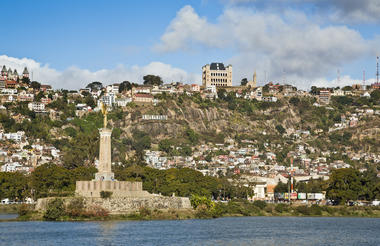
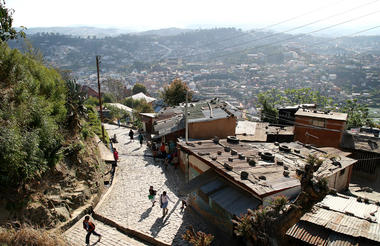
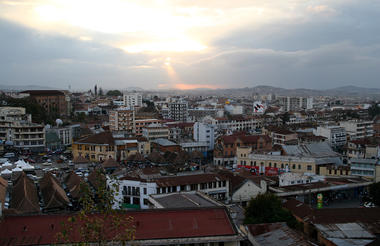
As previously described
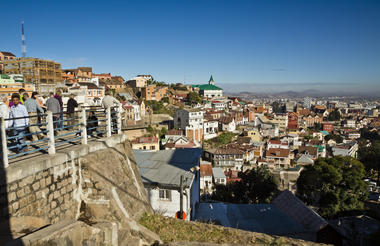
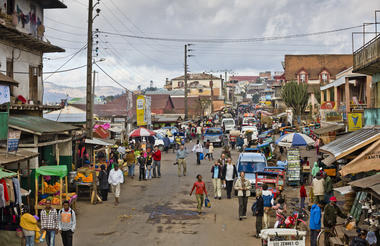
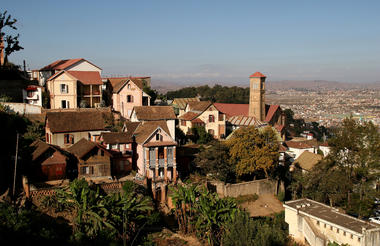
Mantasoa is a holiday destination for people leaving in Antananarivo willing to relax and enjoy nature during the weekends. Located 75km East of Antananarivo, the village is often refered as the Malagasy Switzerland because of the cold weather and the huge lake in altitude. People can do water activities, walks and bike tours in this peaceful environment.
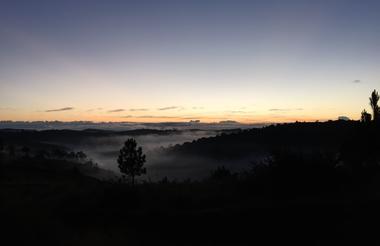
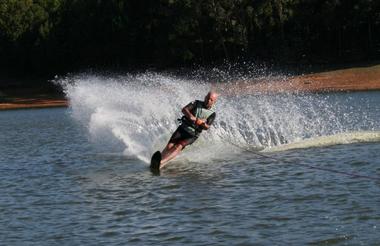
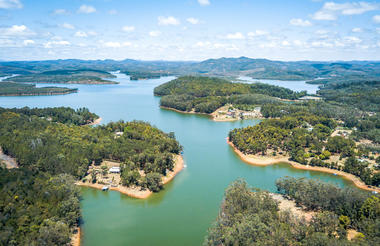
Located in eastern Madagascar in the Moramanga District, the small village of Andasibe is surrounded by a belt of protected rain forest and several parks boasting incredible natural scenery and an array of exotic Madagascar wildlife: 12 species of lemurs (6 diurnal and 6 nocturnal), 112 bird species, chameleons, and geckos. It serves as an excellent base from which to explore the spectacularly scenic surrounds. You’ll know you’ve arrived when you hear the peculiar call of the Indri Indri, the largest living lemur in existence, which can reach up to one meter in height. Visitors can look forward to discovering the natural wonders of the nearby 2 national Parks: the smaller Analamazaotra or Perinet reserve in the south (810 ha), and the larger Parc National de Mantadia in the north (20 000 ha). Perinet is a small walk with a high chance of seeing lemurs, especially the Indri Indri. Mantadia is bigger with less chances of seeing the lemurs, but more wild and less crowded. Access to Mantadia is 1h drive on a bumpy road, but definitely worth it for naturalists! In Andasibe, you will hear the unique song of the biggest living lemur: the Indri Indri. Explore a network of incredible trails that wind passed glistening lakes and magnificent waterfalls and discover the rich biodiversity in the local flora and fauna.
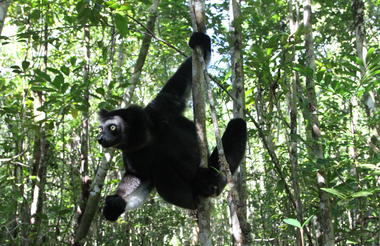


Extending down the eastern coast of Madagascar along the Indian Ocean, the Pangalanes Canal is a series of natural rivers, lakes, and man-made waterways measuring roughly 600 kilometers. These two ecosystems are only separated by a narrow stretch of land. Historically, these lakes were connected together by French colonialists to allow transportation from south to north. All haulage ended in Tamatave, the main harbor of Madagascar. Indeed, the Indian Ocean is too rough to navigate along the eastern coast of Madagascar. Today, it is primarily an utility channel (fishing, transportation of people and goods). Still, it’s worth an excursion to experience many unspoiled beaches and small villages on its banks, and the procession of boats on its waters. There is a unique lifestyle along the Canal. Most of the communities along are not connected by any road.
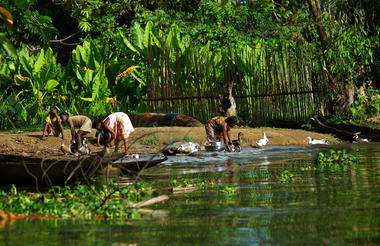
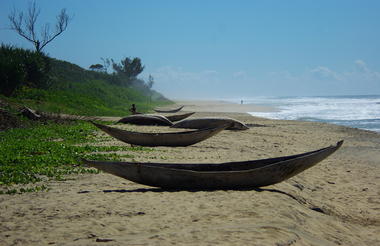
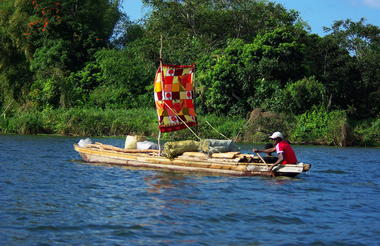
The port city of Toamasina, also known as Tamatave, is situated on Madagascar’s eastern coast on a sandy peninsula. The town features beautiful beaches, excellent restaurants, and wide avenues filled with traditional Malagasy pousse-pousse carts. Visitors can look forward to a number of historical attractions and fun activities. Explore the stilted Creole houses lining the streets of the charming Old Town, relax in the shade of ancient banyan trees, view the faded grandeur of the crumbling colonial mansion in the Place Bien Aime Park, and stroll down the palm-fringed Independence Avenue to the scenic beachfront boulevard. Don’t miss the colourful Bazary Be street market, featuring an array of locally made handicrafts and exotic spices.



Situated on the northeastern coast of Madagascar, the town of Mahavelona, also known as Foulpointe lies in the region of Atsinanana. This seaside resort town boasts a string of beautiful white-sand beaches lapped by crystal-clear waters and lined with a host of hotels and restaurants. It makes for a wonderful weekend getaway filled with sand, sea and sun. Visitors can explore the offshore coral reef, sample freshly caught seafood, and enjoy a relaxing massage on the beach. Don’t miss the opportunity to venture into the town’s lush surrounds to discover the old pirate cemetery hidden amidst the trees and visit the 19th-century Hova Fort which stands five kilometres outside of town.







